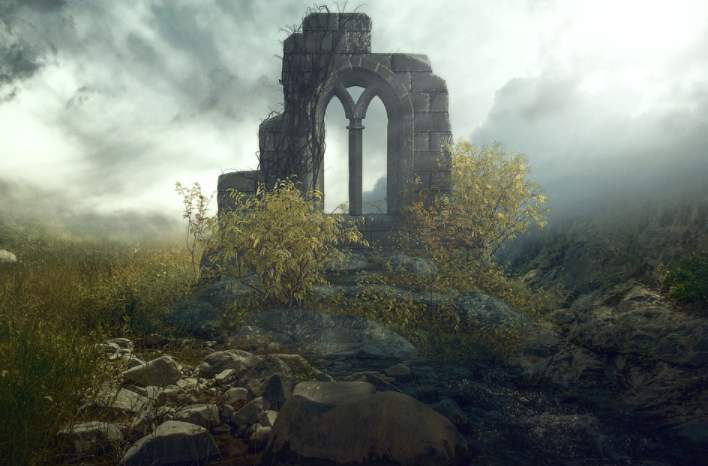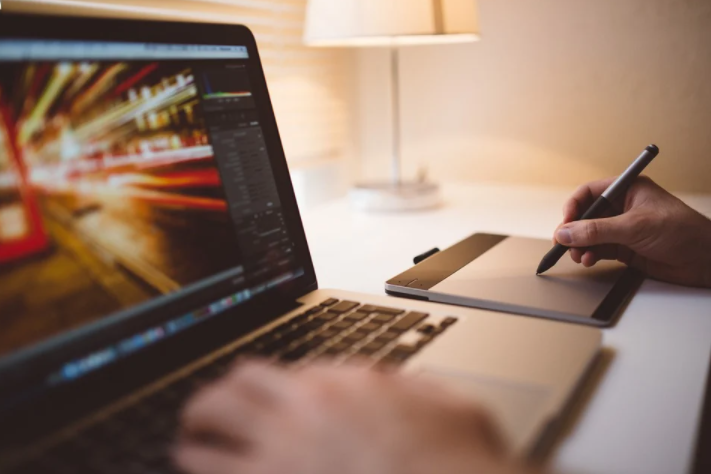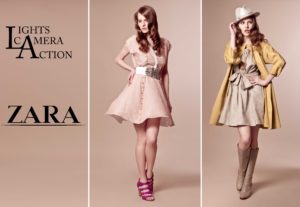I get asked how I edit my photos, and (just like photography) there is no one correct answer (or at least none that works for everyone). We’re all different, most of us approach things differently, and most of us learn at different rates or through processes we develop over the years and with experience. But one thing I can share with you all is how I use Lightroom presets from beart presets.

I like to jump in and (most of the time) go into additional events I want to explore, realize I don’t have enough money to do something well, and then jump in with a vague idea of what I want to accomplish a lot of wishful thinking. As I started using Lightroom, I followed the normal process of installing it. Then, I got instantly surprised as it has so many buttons and features. But, I have finally mastered it. Here is a simple guide to use Lightroom Presets.
Free Lightroom Presets Collection
Indeed, you can type ‘Free Lightroom Presets’ on Google. Then, you can find a lot of choices of websites that offer free presets. A professional fine art photographer would only choose and use the Lightroom Presets collection from BeArt Presets. I hasten to add that I have no connection to him or his website. I just found his free presets and enjoyed the nature of his photos. His free presets are pretty easy to discover.
Ways to Install Lightroom Presets
The process of installing the Lightroom presets is simple. I have Windows, not sure if this will work on Mac. Here are some steps for entering Lightroom presets. Open Lightroom Classic and go to the Create module. Look for “Presets” and click on the little + icon next to it on the cover page. You can continue to navigate to a compressed preset. Now, your presets will install and appear in the left panel.
Experiments on Your New Presets
Now that you have your free presets installed, you can start applying some of them to your images. Find a preset that fits the type of image you have and use it. It probably won’t be a relevant result for every photo, so familiarize yourself a bit with how each slider works. If your image looks the way you like it, you’ve created your own preset! Mine usually have the term “Moody,” partly because it’s a trend I tend to select, and partly because it can work as my default setting. Save it for your own “user presets.”
That’s all it takes to create a Lightroom preset. Of course, to make your presets the best they can be, you’ll need many adjustments and occasionally have to start from scratch, but I learned everything I know about them using this method. I don’t shoot Dartmoor landscapes very often, and I’ve created (through trial and error) a myriad of presets that I can now use for just about anything.
The Workflow
You’ll never have all the presets you need for every event, lighting condition, or even comparable subject, but having a few available will give you an edge in your editing workflow. I edit most of my images very little. I just run the raw documents through my Lightroom presets, and the vast majority of the additional editing is usually cleaning up visual anomalies.


